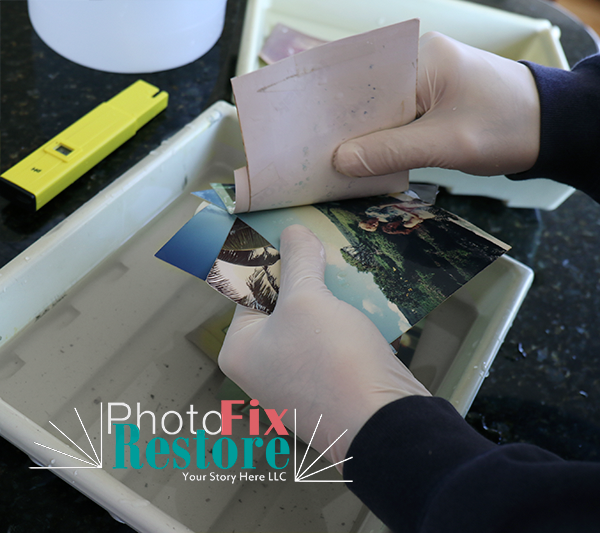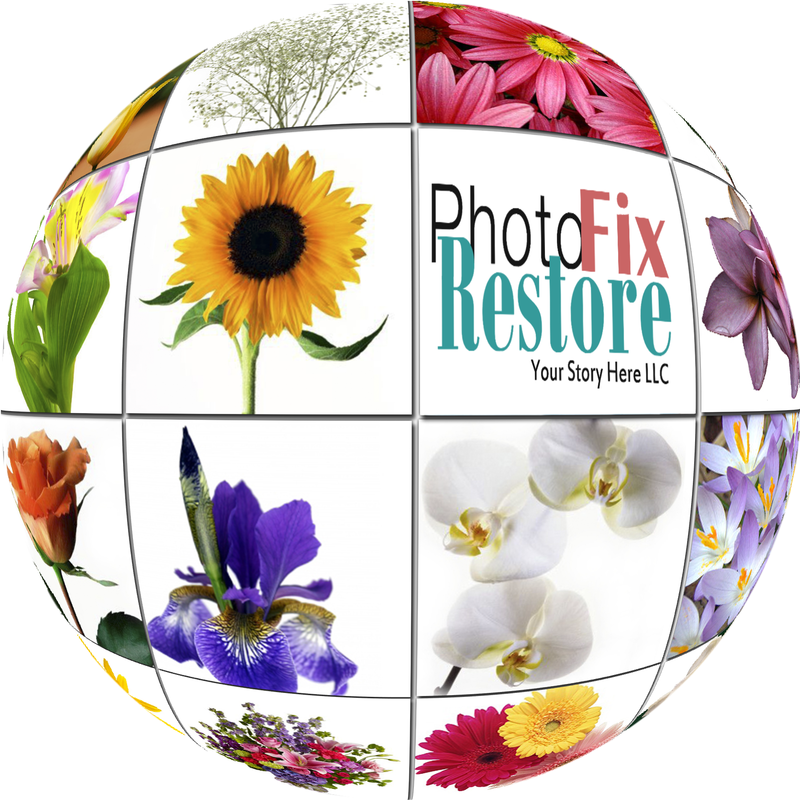|
Photographs, slides and negatives are born in water. Yet water is their enemy. Once photos become wet, their gelatin layer softens and if allowed to dry - in contact with other photos, plastic covers or glass - they become extremely difficult to separate. So what do you do if your photos have become wet for any reason?
Wet Photos Triage
The American Institute for Conservation of Historic & Artistic Works ("AIC") recommends the following steps for water-affected photos (NOT home printed or professional inkjet photos):
|
Born in Water
Most photographic prints and negatives were created using water. Water was used to rinse away the various developing chemicals when the photograph was first printed. In many cases a "wetting agent" was used in the final wash to minimize the formation of water spots on the image. After that, the prints were carefully dried.
Modern professional photo papers (from the 1970s onward) were resin (polyethylene) coated which meant that water could not soak into and swell and distort the paper fibers. It follows that most (but not all) professionally produced photographs, slides and negatives can become soaked in water and still survive. There may be "tide" marks and water residue but if the only thing which has happened is exposure to water - then the prognosis is often good. |
Wet photos that have become stuck
|
Photographs, slides and negatives which are stuck to each other or to another surface should not be allowed to dry. Once dry, "blocked" photos or negatives are extremely difficult to separate. And, even when successfully separated, there is likely to be some tearing and there might already have been serious or even fatal "leaching" or "bleeding" of color dyes that was not apparent in the stack.
There are a limited number of protocols that certain professional AIC conservationists have developed which hold out some promise of saving at least some or at least part of images which have become stuck due to water damage. Those protocols require de-ionized water, strict control over pH and temperature, and great care both with the mechanical separation as well as the drying of the prints. PhotoFixRestore has had some success applying the AIC separation protocols to water damaged photos. Generally the photo restoration has three phases. Phase one is assessing the photos and determining the appropriate course of action. Phase two involves the chemistry, the separation, and the drying. Phase three demands scanning, our state-of-the-art digital photo restoration techniques and custom printing. |
Photos Stuck to Glass
Photos can become stuck to glass through humidity or - worse - through water ingress. It is for this reason that most professional conservationists recommend matting all framed images. Matting keeps the photo surface from coming in contact with the glass.
Generally, once a photo has become stuck to glass it is extremely difficult to separate without some ripping. Luckily, photos stuck to glass can usually be scanned right through the glass (properly cleaned first). Often we see some color changes where the photo has become stuck. And those issues along with any other problems like fading, tears (sometimes the frame has been dropped and we have an image stuck to broken glass), color shifts or other issues can be dealt with like any other photo repair or restoration. |



